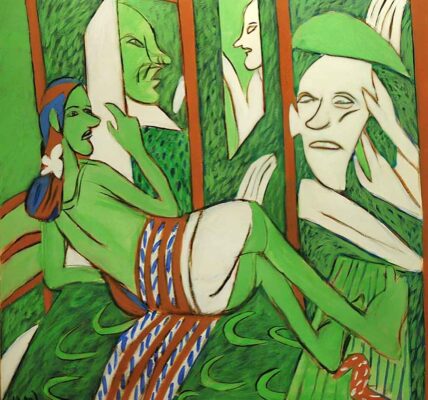Dhaka ART Summit – Uma Prakash
COVER STORY
The fifth edition of Dhaka Art Summit featured the works of artists from forty-four countries around the world at the capital’s Shilpakala Academy. It showcased solo art exhibitions, public art projects, curated exhibitions, seminars, symposiums and live art performances. Dhaka Art Summit has become an important event in the contemporary art circuit, and has created a platform that explores ideas and histories outside western narratives and challenges colonial frameworks. Furthermore it welcomes middle-income countries in Asia, Africa, Latin America and the Caribbean.
The title “Seismic Movements” for the latest Summit is drawn from art historian Zahia Rahmani’s “The Seismography of Struggles,” It was an inventory of non-European critical and cultural journals produced between the end of the 18th century and 1989. The seismic movement, are the waves of energy that creates ripples across the earth when an earthquake strikes. The summit curated by Diana Campbell Betancourt, invites artists to examine artistic, social and political colonial movements that have affected the world. 
Two artists whose works relate directly to the theme are Adrian Villar Rojas and Damien Ortega. Adrian’s The Theatre of Disappearance is an immersive installation that the visitor walks on when entering the Summit. It is created over a marble floor encrusted with four hundred million year old ammonite and orthoceras fossils. It shows both organic and inorganic materials that underwent change over for 300 million years, tracing the seismic shift that occurred in the evolution of humanity and our planet.
The other installation Damien Ortega’s Sisters; Hermanas is located in the open. Here in an empty, uninhabited lot covered by wild weeds and grass, a big conical figure is raised. It is made of red bricks and can be described either as a stupa, or a preColombian pyramid. It is a sculptural silo, containing an offering with a sample of one of the native corns of Mexico, a single seed. Damián Ortega explains “A diverse ecosystem working in solidarity to produce corn, beans, squash and chilli. This ecosystem, to a certain point is what has fed us. I could even say that it is the best we have as a country, that’s why I want to share it. Limitations of private property are tested when rituals, knowledge and products are taken from one place to another”.
Read More>> Please Subscribe our Physical Magazine
